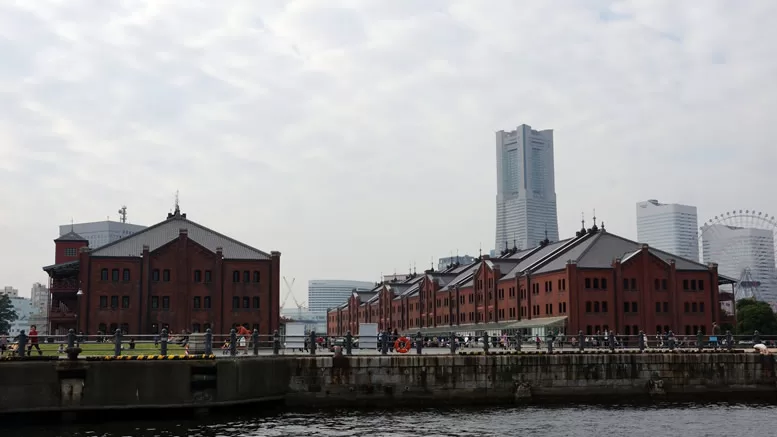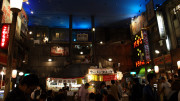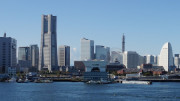Similar to many harbour cities around the world, the modernisation of massive container facilities has replaced the old central waterfront warehouses. Entire precincts have been rejuvenated with modern uses. Yokohama is no exception — not only has it transformed the city’s focus toward the waterfront with an impressive new skyline, but it has also preserved a piece of its history that any city would be proud to claim.

The magnificent Red Brick Warehouses (also known as Yokohama Akarenga) stand as a striking reminder of the city’s rich port heritage and demonstrate how historic buildings can be transformed, even a century later, into relevant and vibrant places for future generations to use and enjoy.
The warehouses ceased operations in 1989, and after nine years and millions of yen invested, the two buildings were restored to their former beauty. Today, they are a popular tourist and leisure destination for both locals and visitors.
The three-storey buildings now house cafés, specialty stores, markets, and exhibition spaces. The surrounding area has been beautifully paved and landscaped, making the precinct ideal for festivals, events, and exhibitions.
Construction of the first warehouse began in 1907 and was completed in 1911, followed by the second warehouse (now known as Warehouse No. 1), which began construction in 1908 and was completed in 1913. This building is notable for featuring Japan’s first cargo elevator and is made from over 3.1 million red bricks. During redevelopment, modern safety standards were seamlessly integrated into the design, including earthquake and fire-proof technologies.
The Great Kanto Earthquake of 1923 caused significant damage to the centre of Warehouse No. 1, but Warehouse No. 2 survived with minimal impact, making it one of the few remaining pre-earthquake brick buildings in Japan. The warehouses also endured World War II, later being used by the US military as a supply depot after the war ended in 1945. In the post-war years, the buildings served various roles, including storage for wool, public transport equipment, tyres, and even synthetic resins.
By the 1970s, as the need for such facilities declined, the warehouses faced an uncertain future, with some calling for their demolition and redevelopment. However, as the Minato Mirai 21 project gained momentum, the historical value of the buildings was recognised, and they were saved and restored. Today, the Red Brick Warehouses welcome more than 5.5 million visitors each year.
Yokohama’s Red Brick Warehouses are located in the scenic waterfront district of Minato Mirai, just a 6-minute walk from either Bashamichi Station or Nihon-Odori Station on the Minato Mirai Line. The open spaces around the warehouses are frequently used for events, concerts, festivals, and car shows throughout the year, with weekends often bustling with activity and entertainment.
Official Website:
https://www.yokohama-akarenga.jp/




